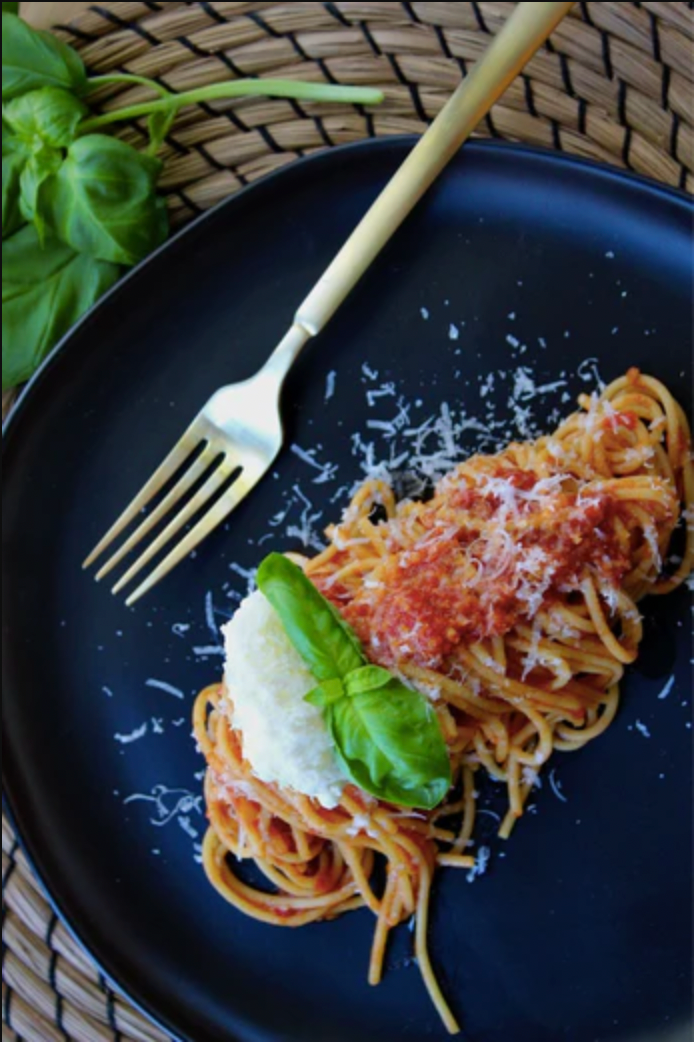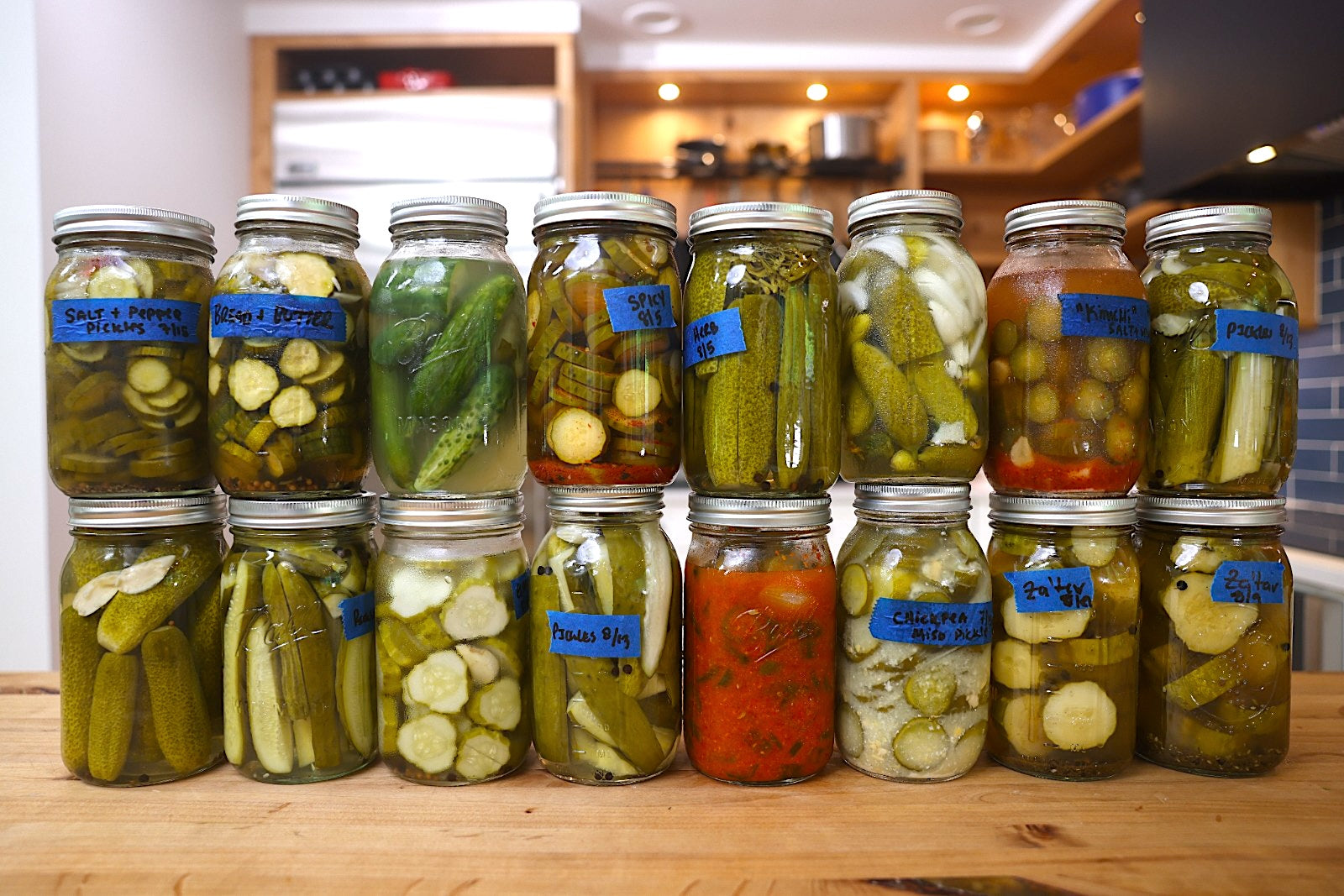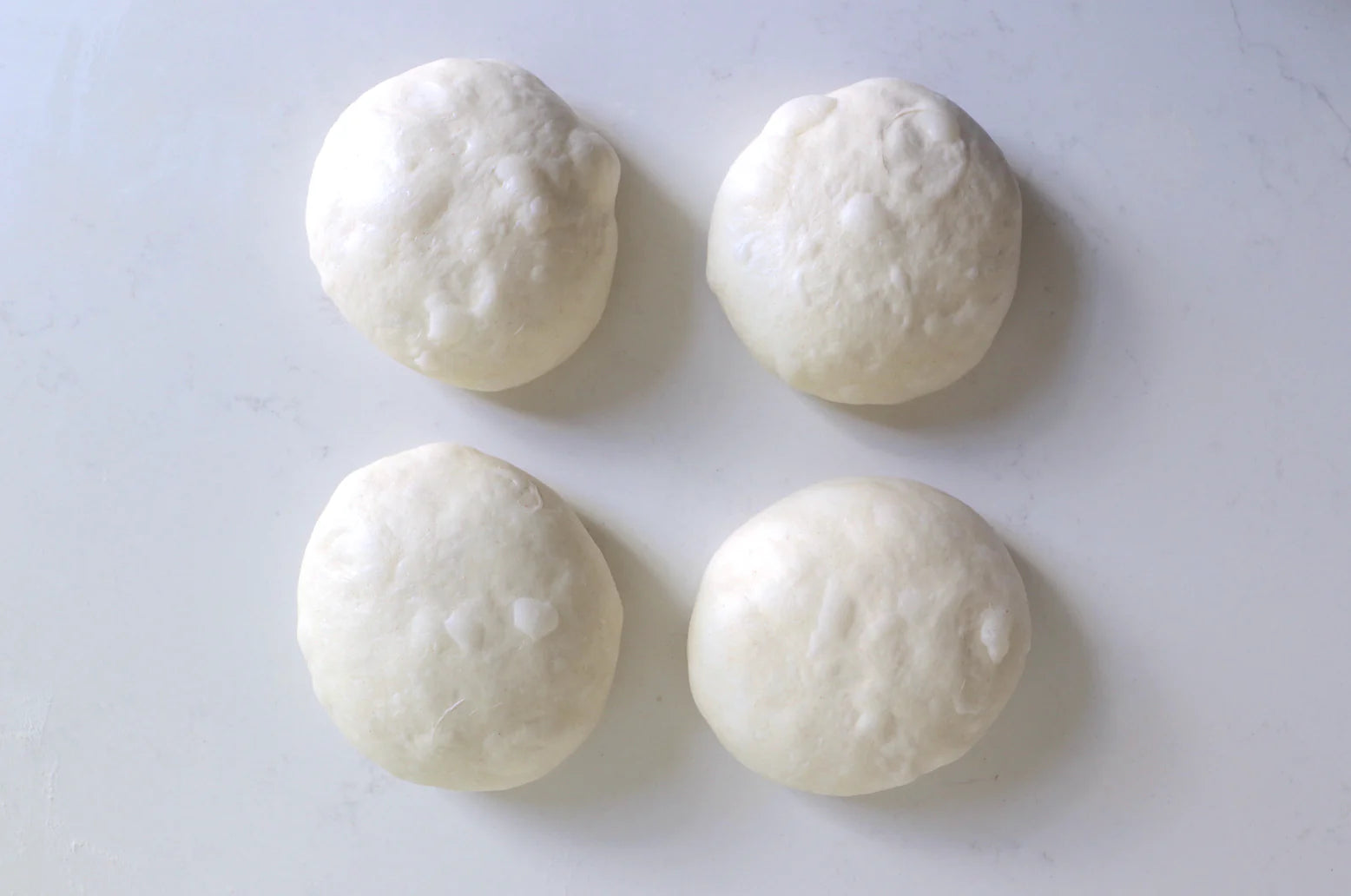
Sacrilegious or Semi-authentic? My Weeknight Tomato Sauce
By Brandon Muhawi
Senior Food Writer at Pro Home Cooks
Fish sauce can be sort of a scary pantry ingredient. Once absent from most American kitchens, the sauce has now made its place on the shelf courtesy of brands like Red Boat, which has started to make high-quality fish sauce widely available. Most people purchase a bottle to be used in a foray into Southeast Asian cooking, but the vial of amber-red liquid is left untouched for weeks (or months) at a time. Even as a Vietnamese American who grew up practically drinking the stuff, it can be difficult to find day-to-day uses for it.
One’s perception of fish sauce changes greatly once you realize it is essentially liquified anchovies. (Technically a garum, a product of fish fermentation, but liquid anchovies sound more fun.) As someone with Italian heritage as well, I grew up eating a lot of pasta containing the umami bombs that are tinned anchovies. Therefore, it felt only natural to start adding a dash of fish sauce to tomato sauce instead of cracking open a tin of those tiny fish. In fact, this has been an increasingly popular technique floating around the internet. Despite the growing number of home cooks discovering the magic of fish sauce in tomato sauce, the idea of it still feels somewhat sacrilegious.
You can only imagine my surprise when I discovered that Italians have had a fish sauce of their own since the days of ancient Rome – colatura di alici, a garum produced from anchovies. In other words, it is precisely the same as Southeast Asian fish sauce. Not only is it a traditional Italian ingredient, but it is often used as a condiment for pasta. All things considered, it only makes sense that Italians would have created their own fermented anchovy product considering how common the fish are within the cuisine. Colatura di alici is not usually used to supplement tomato sauce, but its existence was all the permission I’d ever need.

At this point, the war between “authentic” cooking and innovation wages on. The desire to push boundaries wins out, and questions of authenticity are thrown out the window. I’ve started to add miso paste in addition to the fish sauce, in hopes of finding uses for another ingredient that tends to sit around for months. Well, guess what? It works beautifully. I promise your sauce won’t taste like miso soup – an amount this small in a pot of simmering sauce is very subtle. Just as the fish sauce is a shortcut for the savoriness of anchovies, miso paste acts as a quick substitute for some of the sweet vegetal notes that might come from a mirepoix. The extra umami and fermented flavors are just a bonus.
Finally, I use a touch of mirin as a sweetening agent, just to stay on-brand. As a bonus, mirin contains some of the boozy complexity that might come with adding wine to a sauce. However, any liquid sweetening agent will work here, such as honey or agave nectar. Given enough time to simmer, tomatoes develop an intense sweetness all on their own, but with only 30 minutes to cook, the sauce could use a little help to cut the acidity of those bright tomatoes. There’s no shame in it.
Half an hour and a knob of butter later, you’re left with a luxurious, bright-red tomato sauce not quite like Nonna used to make. That’s okay, she doesn’t have to know.
Sacrilegious? Maybe. Easy and delicious? Most definitely.
My Weeknight Tomato Sauce

Fish sauce or not, a tomato sauce during the week can often seem like a major time commitment. To get the most out of tomatoes, a long, slow-simmering process is usually in the books. With the quality of store-bought jarred tomato sauce skyrocketing in recent years (looking at you, Rao’s), it can be hard to find the motivation to make a homemade batch for a weeknight dinner. However, with the help of some controversial ingredients and great technique, a delicious tomato sauce can be produced in about 30 minutes. The result is a light and savory tomato sauce, perfect for pasta, eggplant parm, pizza, etc.

Ingredients:
- 1/2 medium yellow onion
- 5 cloves of garlic (or as many as your heart desires)
- 1/3 cup extra virgin olive oil
- 1/2 tbsp red chili flakes (optional)
- 2 tbsp miso paste (any color)
- Stem of fresh basil leaves OR 1 tsp dried basil
- 28oz jar whole peeled tomatoes
- 1/2 tbsp fish sauce
- 1 tbsp mirin (or another sweetening agent to taste)
- 2 tbsp butter
Instructions:
- Peel and halve the onion and thinly slice all garlic.
- In a large pot, heat up olive oil over medium-low heat. (Oil should be enough to cover the bottom of the pot.) Place onion cut side down into the pot and allow to caramelize for 3-4 minutes.
- Have the can of tomatoes open and ready. After the onion has browned, add garlic, chili flakes, miso paste, and fresh basil if using. Fry ingredients, stirring constantly until garlic is lightly golden and fragrant. Remove the wilted basil and immediately add canned tomatoes.
- Stir in fish sauce, mirin, butter, and dried basil if using. Cover the pot most of the way with a lid and simmer over low heat for as long as time allows, a minimum of 30 minutes.
- Remove the onion from the pot and discard. For a rustic sauce, break down any remaining tomato chunks using a potato masher. For a smoother sauce, pulse with an immersion blender. Taste for seasoning and adjust with salt as necessary. Serve over pasta, on pizza, etc.
*This recipe works great for quick meal prep. Tomato sauce keeps for up to a week in the fridge and several months in the freezer.
TOP ARTICLES

Sourdough Baking School
Master the art of sourdough bread baking in the most comprehensive baking class on the internet. This class features over three hours of baking content to help you start your sourdough journey.
See More







